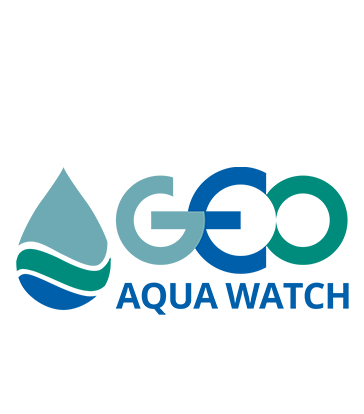ARSET Training – Monitoring Coastal and Estuarine Water Quality: MODIS to VIIRS
Check out the upcoming NASA ARSET training (Available in Spanish too!)
September 14, 16, & 21, 2021: 11:00-12:30 EDT (UTC-4)
REGISTER 12:00 – 1:30 PM EDT (UTC-4)
Estuaries are water bodies where freshwater from rivers and streams meets with seawater. Coastal and estuarine waters are important to humans as they are highly productive habitats supporting a variety of fish and wildlife. These environments also provide resources, economic benefits, and ecosystem services. That being said, the water quality of these coastal and estuarine areas is of great importance. This is heavily influenced by the flow of nutrients and sediment from land-based sources. The flow of nitrogen and phosphorus in particular enhances algal bloom and hypoxia in the water, highly affecting benthic creatures like fish, shellfish, and crustaceans. Water quality in estuaries also depends on several factors such as their size, location, coastal land use, quality of freshwater runoff, and tidal effects from the sea.
Remote sensing observations from Aqua/MODIS have enabled us to monitor coastal and estuarine water quality since mid-2000. As MODIS nears the end of its mission, it is important to transition to VIIRS (first launched in 2011) to provide continuity with the MODIS instrument and add to the moderate-resolution, long-term data record of water quality monitoring in estuaries. This intermediate-level webinar will provide an overview of recent satellites and sensors used for extending the MODIS long-term water quality time series, specifically focusing on VIIRS image processing using the NASA Ocean Color software, SeaDAS. This webinar will point out similarities and differences between MODIS and VIIRS and demonstrate water quality monitoring procedures using these sensors in selected coastal and estuarine regions.
More details Click here:
